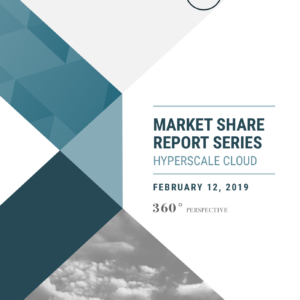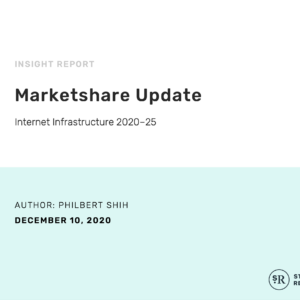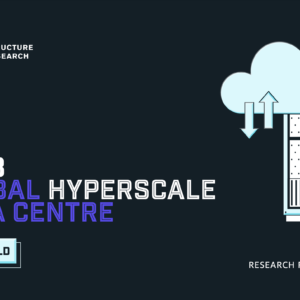Description
The global data centre colocation and interconnection (DCI) market continues to grow amid macroeconomic headwinds and a turbulent landscape created by the after-effects of the global pandemic. As a whole, this market was estimated to be worth USD $64.9b in 2022, a figure that represented 13.4% y/y growth. Looking ahead to 2023, the market is expected to continue on its upward trajectory, growing 12% y/y to $72.7b. Global expansion, hyperscale consumption, uptake in interconnection and development of edge locations are key drivers. The five-year CAGR for the 2023-28 period is expected to come in at 13.5%. In 2026, this market is on track to be worth over $100b for the first time and projected to reach $136.8b in 2028. The numbers are all up from our previous market projections.
The data centre colocation market has traditionally been separated into two distinct segments: retail and wholesale. Hyperscale colocation has emerged as a category of its own, but to this point was grouped with wholesale colocation. In our previous report, published in early 2022, the market was split roughly 60-40 in favour of retail colocation. In this latest update, we have adjusted our taxonomy in order to capture the distinct differences that now exist between colocation segments.
Our new taxonomy draws a line between enterprise colocation and hyperscale colocation. Within enterprise colocation there are two sub-categories: enterprise retail and enterprise retail+. Enterprise retail+ captures larger colocation deployments that were typically categorized as enterprise wholesale. Enterprise retail is more or less traditional retail colocation. In terms of total market value, the split between enterprise and hyperscale is 71-29 in favour or enterprise. But by 2028, that split is expected to be exactly 50-50 as public cloud adoption across the board continues to drive demand for colocation.
On the hyperscale side, there are also two new sub-categories: edge-hyperscale and core-hyperscale. The latter is clear-cut and encompasses large data centre campuses and buildings housing hyperscale cloud AZs and regions. The deployments consist of tens and soon even hundreds of MWs. The former is a smaller increment (single-digit MWs and slightly lower than 1MW), but are typically taken down by a hyperscale customer. These deployments are typically house edge locations, network PoPs, cloud on-ramps and proximate compute nodes that are part of a core-edge architecture. For the 2023-2028 period, core-hyperscale is expected to grow at a five-year CAGR of 24.4%, while edge-hyper- scale will hit a CAGR of 31.6%.
This report also includes global data centre colocation inventory on a MW basis, an estimate for the self-build market and marketshare data for interconnection. The marketshare analysis is supported by detailed regional breakdowns for four major regions: APAC, North America, EMEA and Latin America. We also include inventory estimates (on a MW basis) for major markets in all four regions along with a maturity index that maps out current and emerging markets. Finally, we provide a summary of regional market trends and analysis of colocation consumption trends. Regional variations in these trends are also discussed.
This report remains the most comprehensive dataset on the global data centre colocation market and an indispensable resource for any service provider, investor or end user looking to understand and project the future of the market or find a service provider. This latest refresh reflects our more granular view of the landscape, which produces deeper insights into markets in the top tier and better visibility into all corners of this global market






